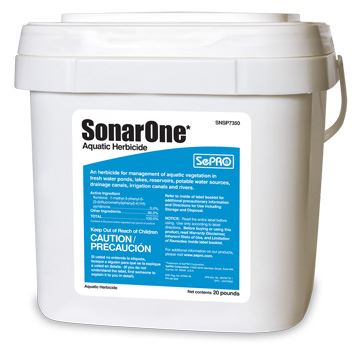What Happens to Herbicides after Application?

““The only aquatic herbicide we use has the active ingredient fluridone, applied as both a slow-release clay pellet (SonarONE) and as a liquid in an oil-based emulsion (Sonar Genesis). This herbicide has been instrumental in our fight with Elodea, Alaska’s only introduced aquatic invasive plant. It is applied at extremely low concentrations (less than 10 ppb)with a long contact time (45-90 days) that is lethal to Elodea but not so to native plants.”
— Kyra Clark
At the Kenai National Wildlife Refuge pesticides help manage some of the more than 110 exotic species introduced to the Kenai Peninsula. Three chemicals make up most of the herbicide used, glyphosate, aminopyralid and fluridone. One of the big differences between these herbicides and older ones like DDT is their half-life; DDT had a half-life of 2-15 years, while the three listed above all have half-lives under a year.
Another difference is how the chemical spreads and if it can bio-accumulate; DDT was known to get into water sources, as well as bio-accumulate in animal tissue. Fluridone, aminopyralid and glyphosate are not known to leach or bio-accumulate in animal tissues.
The full article from Peninsula Clarion is available here.
To enable comments sign up for a Disqus account and enter your Disqus shortname in the Articulate node settings.